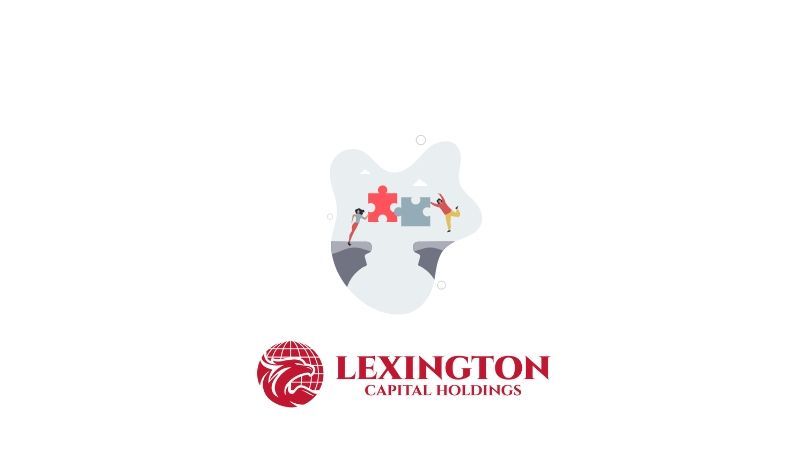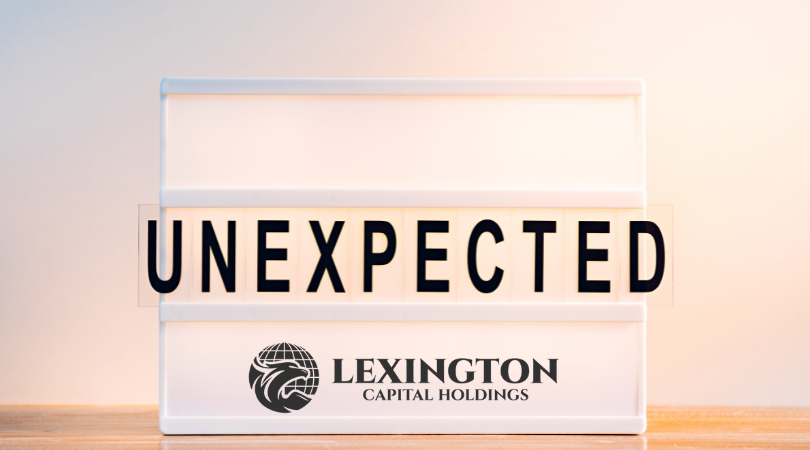The Difference Between Fast Capital and Smart Capital
Speed can be a business owner’s best friend—or their biggest mistake. In a world where funding offers appear in your inbox faster than you can finish your morning coffee, it’s easy to think faster is better. But when it comes to financing your business, timing isn’t everything—strategy is.
There’s a major difference between fast capital and smart capital. One solves problems in the moment. The other fuels long-term momentum. Knowing the difference can protect your business and position it for real, sustainable growth.
⚡ Fast Capital: Quick Fix, Bigger Risk?
Fast capital is exactly what it sounds like—funding that’s available almost immediately. Think same-day merchant cash advances, high-interest short-term loans, or digital lenders offering instant approvals.
While this type of capital can be helpful in an emergency, it usually comes at a price:
- Higher interest rates or fees
- Shorter repayment terms
- Daily or weekly payments
- Stacking risk if you're already using other funding
For businesses in urgent need of cash—like to make payroll or cover an unexpected cost—it can be a lifeline. But if used repeatedly or without a clear repayment plan, fast capital can turn into a financial trap.
🧠 Smart Capital: Strategic, Sustainable, Scalable
Smart capital takes a little more time—but it’s built for growth. It’s funding that aligns with your goals, your business model, and your future. Examples include:
- Business lines of credit
- Working capital loans with flexible terms
- Equipment financing tied to long-term assets
- Credit-based funding that rewards financial strength
Smart capital may require a bit more documentation or planning, but the benefits speak for themselves:
- Lower cost of capital
- Terms that match your business cycle
- Room to reinvest, not just repay
- Access to higher limits as your business grows
🏁 Which One Is Right for You?
The best funding option depends on where your business stands today—and where you want it to go tomorrow. If you’re constantly putting out fires, fast capital might feel necessary. But if you’re planning ahead and want to scale with intention, smart capital gives you flexibility, control, and peace of mind.
At Lexington Capital Holdings, we help business owners make funding decisions that actually make sense. Our goal isn’t just to get you approved—it’s to help you build something strong.
If you’re thinking about your next move, let’s talk. We’re here to help you find capital that works for you, not against you.











